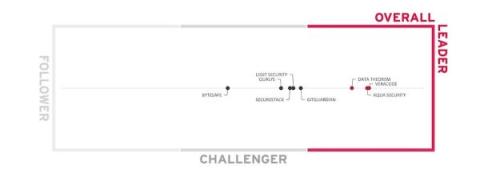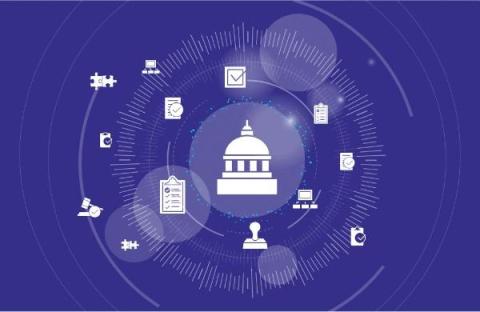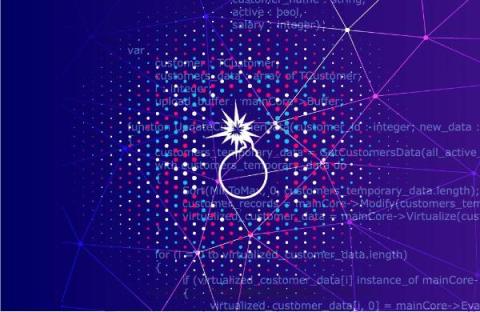Security | Threat Detection | Cyberattacks | DevSecOps | Compliance
Supply Chain
5 Types of Software Supply Chain Attacks Developers Should Know
What do ambulances in the UK, the Norwegian government, and a major Russian bank have in common? They were all victims of successful supply chain attacks in July 2023. Could you be next? It’s more likely than you think. Organizations entrust more sensitive data to vendors and third parties (like government agencies and critical infrastructure operators) than ever as part of their software development and operations.
Why Reduce Software Supply Chain Risks with Intelligent Software Security
There’s a growing array of risks lurking within the supply chain of the digital solutions we increasingly depend upon. Leaving gaps in your software supply chain security (SSCS) could spell disaster for your organization. Let’s explore how new analysis defines an end-to-end solution and why Veracode was ranked as an Overall Leader, Product Leader, Innovation Leader, and Market Leader in the Software Supply Chain Security Leadership Compass 2023 by KuppingerCole Analysts AG.
How Software Supply Chain Security Regulation Will Develop, and What Will It Look Like?
The escalation of international legislative interest in regulating the software supply chain has led to an increasing likelihood that tools such as software bills of materials (SBOMs) and AppSec solutions will become essential for companies doing business in the public sector or in highly regulated industries. However, the process of building and enforcing effective regulations presents challenges as well.
Why Legal Regulation Shifts Responsibility for Software Supply Chain Security to Vendors
In the face of increasingly impactful malicious attacks, governments of leading economies have turned their attention to the software supply chain security. Regulations like the EU’s Digital Operational Resilience Act (DORA) for financial institutions and the Cyber Resilience Act (CRA) for software and hardware providers Australia’s 2023-2030 cybersecurity strategy, and the U.S.
What are Software Supply Chain Attacks?
Battling malware in the industrial supply chain
The content of this post is solely the responsibility of the author. AT&T does not adopt or endorse any of the views, positions, or information provided by the author in this article.
Eight Considerations for Thwarting Malicious Packages
We’re currently seeing a concerted effort from malicious actors to attack the supply chain through intentionally malicious packages. Our recent research shows a 315 percent rise in the publication of malicious packages to open source registries such as npm and RubyGems between 2021 and the end of Q3, 2022; about 85 percent of those packages stole credentials. This trend requires an urgent shift from detection to prevention.
How Generative AI Can Enhance Software Supply Chain Security
Generative AI is the technology of the moment, and is actually being hyped as providing transformational benefits for years to come, including when it comes to software supply chain security. This subset of AI uses machine learning algorithms to generate new data and content. Given the increasing importance of the software supply chain, it is critical to use every measure possible to secure it. But this is no easy feat—96% of scanned codebases contain open source.










